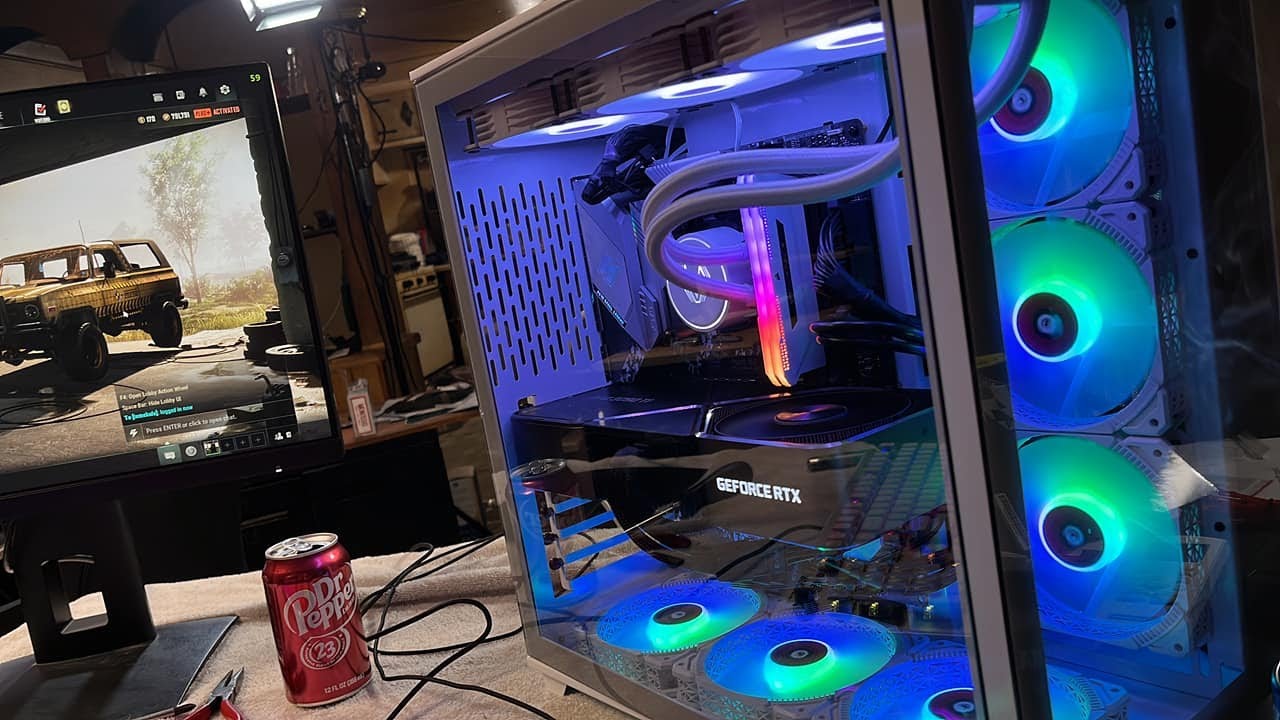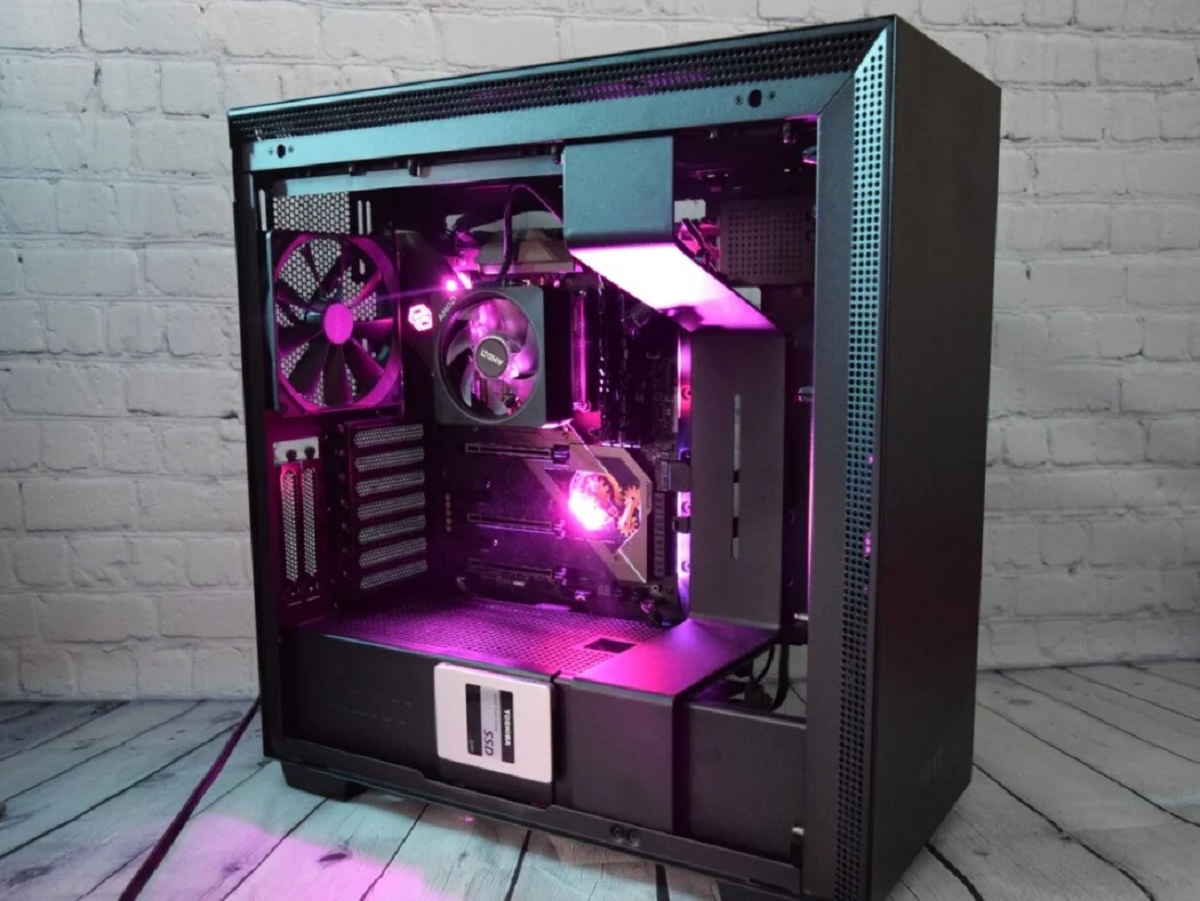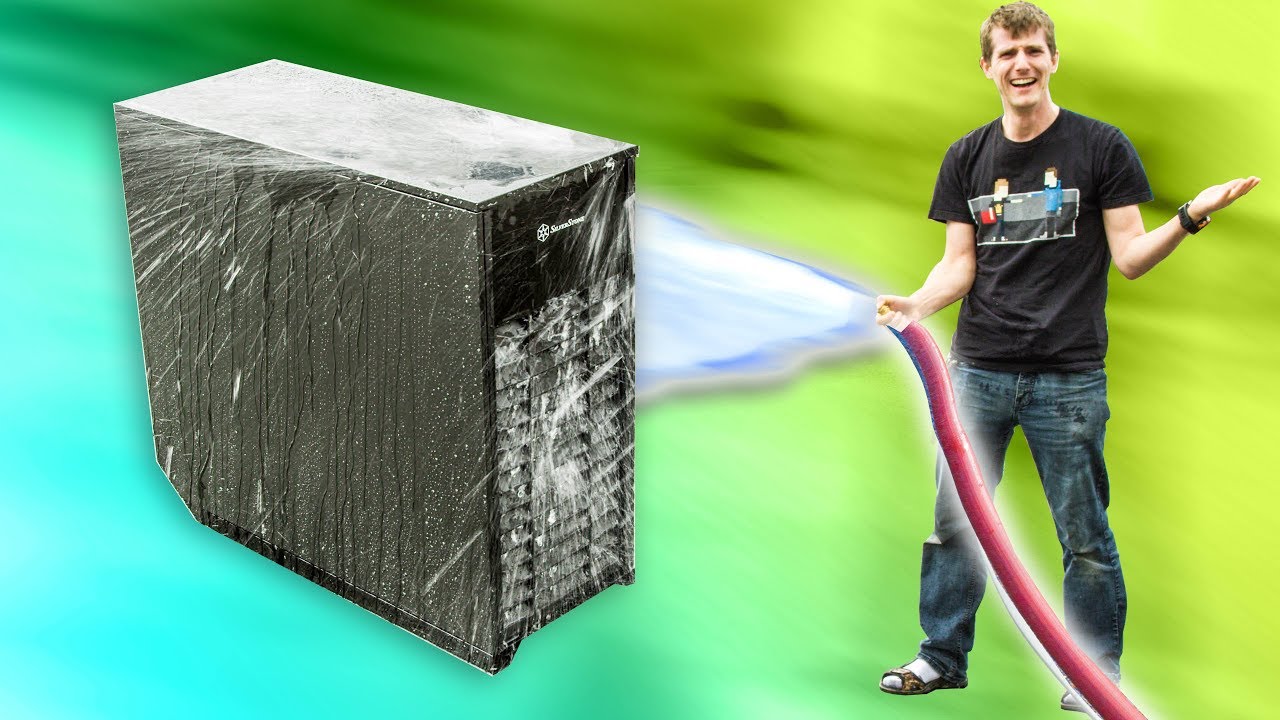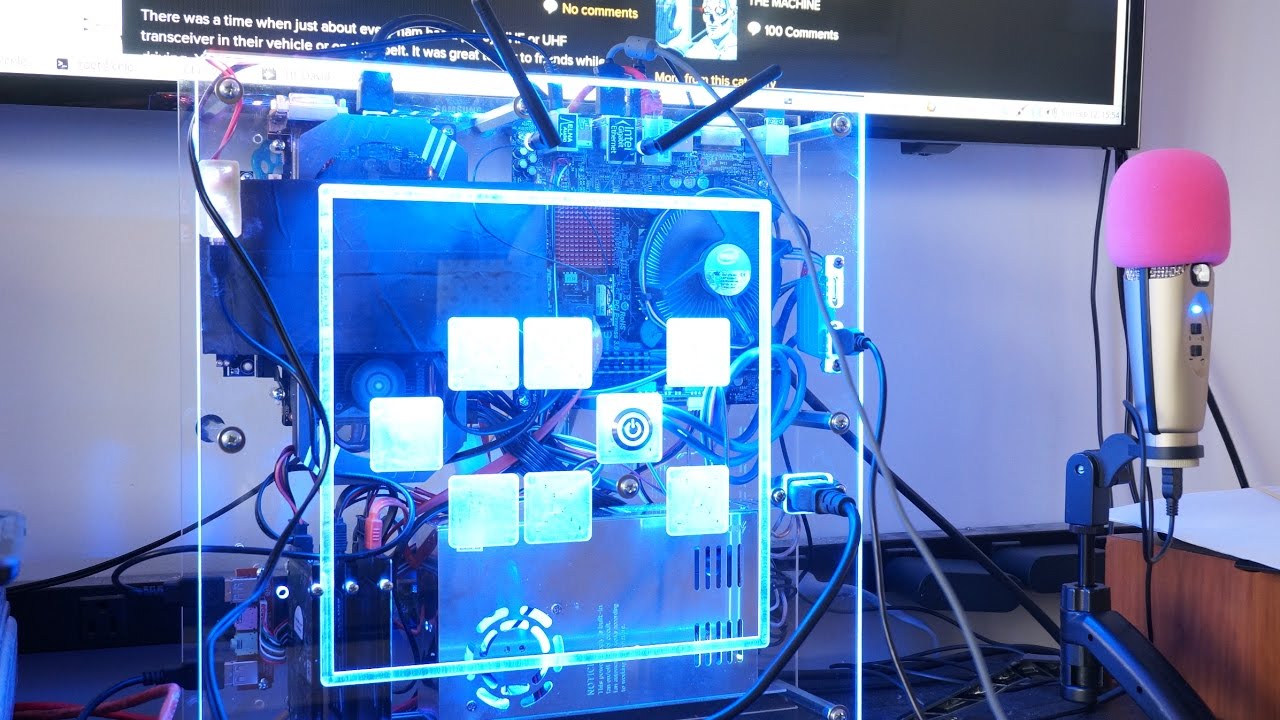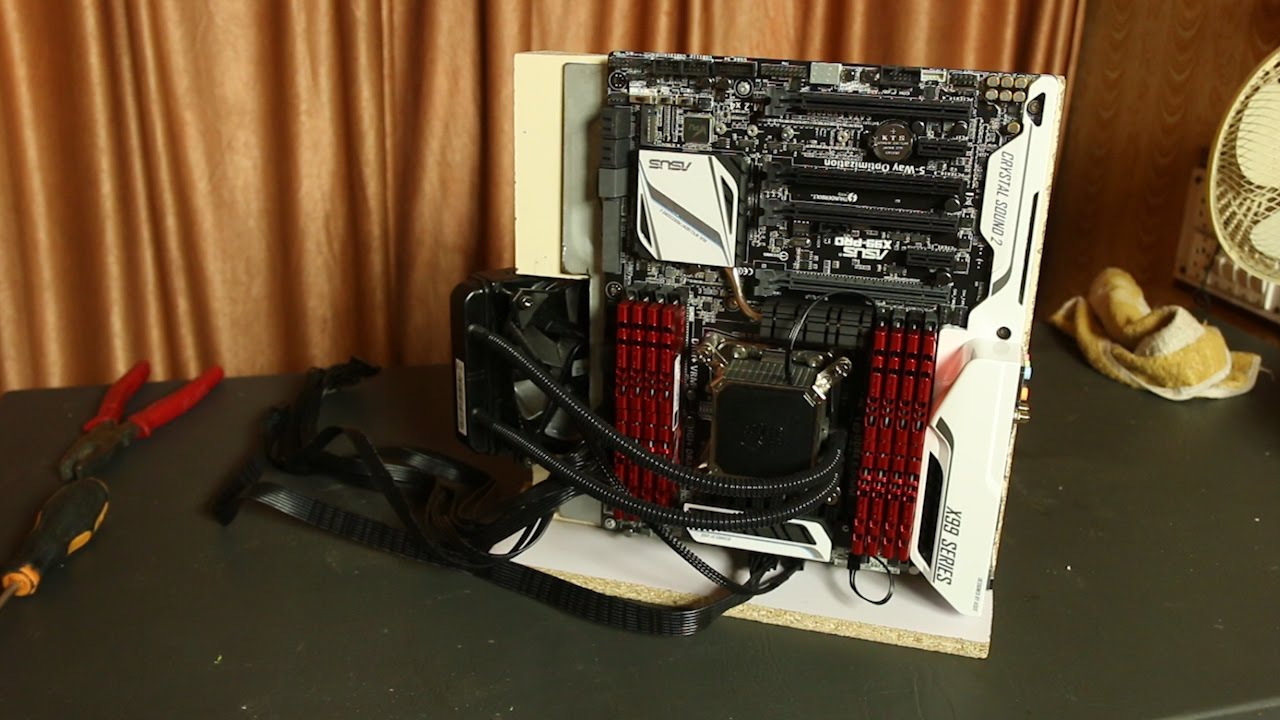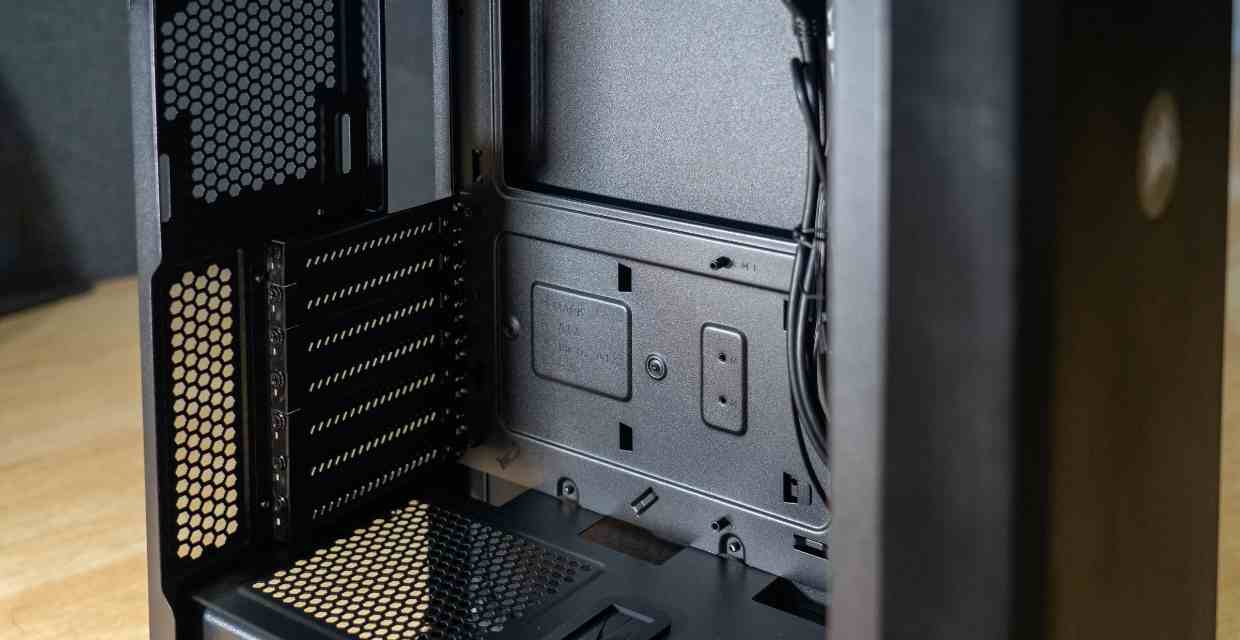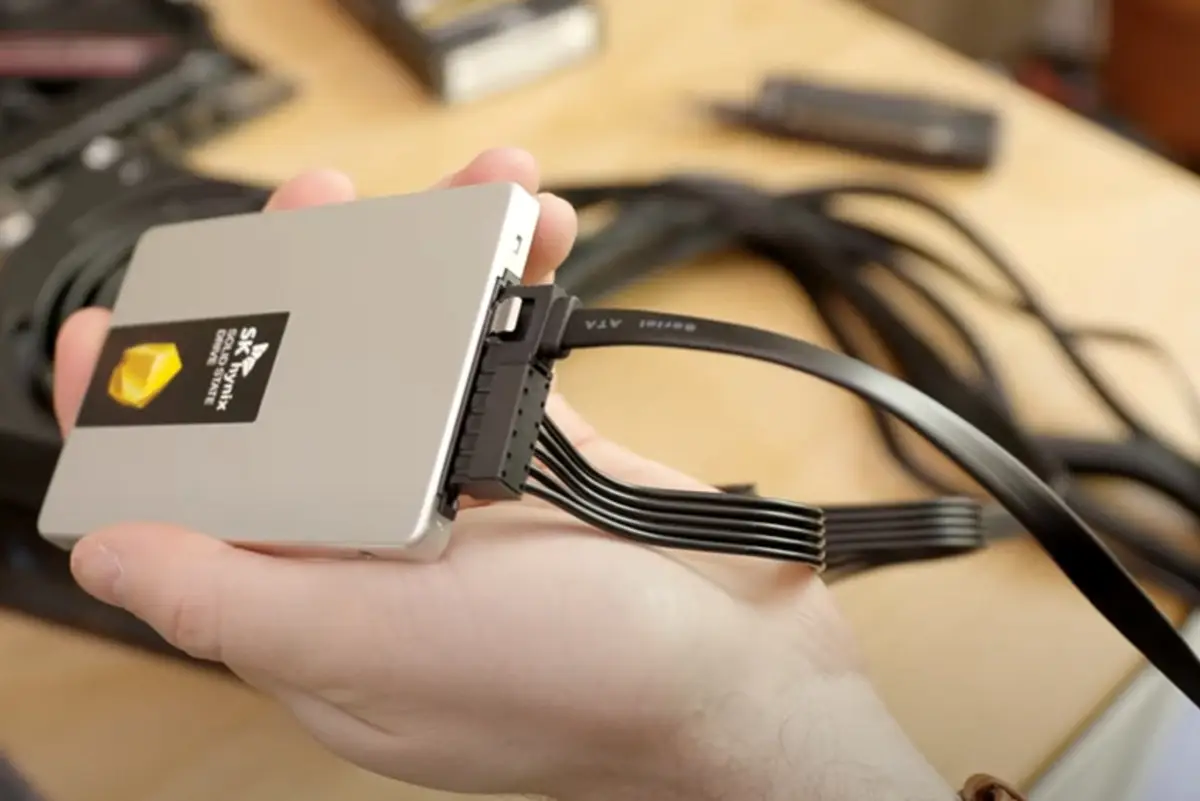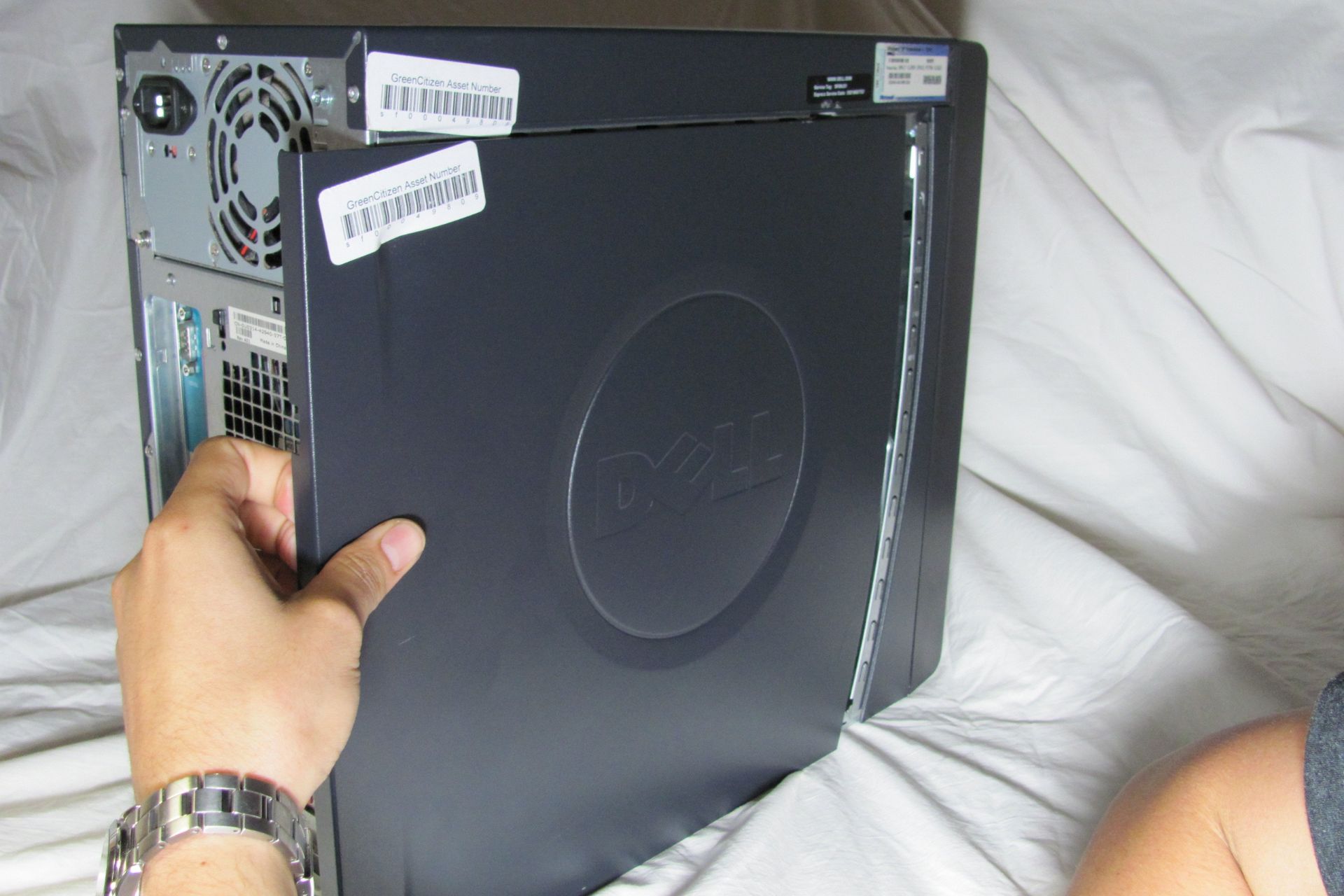Introduction
Opening a PC case is a common practice when performing maintenance or upgrading components. However, one important question that arises is whether it is safe to open a PC case while it’s still on. The answer to this question requires careful consideration, as there are potential risks involved.
When it comes to opening a PC case, it’s crucial to ensure the safety of both you and your computer. While it may sometimes be necessary to access certain components or troubleshoot an issue, it’s important to understand the potential dangers associated with performing this task while the computer is powered on.
In this article, we will explore the risks and potential damage that can occur when opening a PC case while it’s on. We will also provide essential safety precautions and steps to follow if you find yourself in a situation where you need to open your PC case while it is still running.
By understanding the risks involved and taking appropriate measures, you can minimize the potential damage and ensure your safety when opening a PC case while it’s powered on.
Is it safe to open a PC case when it’s on?
Opening a PC case while it is running poses significant risks, both in terms of personal safety and potential damage to the computer components. In general, it is not recommended to open a PC case when it’s on unless there is a specific need to do so and you have taken necessary precautions.
When a PC is powered on, there is a constant flow of electricity running through the components. Opening the case exposes you to live electrical currents, increasing the risk of electric shock. This is particularly dangerous if you touch any exposed conductive parts, such as wires, capacitors, or metal components inside the case.
Opening a PC case while it’s on can also cause damage to the computer itself. The internal components generate heat while operating, and the case is designed to facilitate proper airflow and cooling. Removing the case can disrupt this airflow, leading to overheating of the components.
Additionally, dust and debris can enter the case when it’s open, accumulating on sensitive components like the motherboard, CPU, and graphics card. Dust buildup can obstruct airflow, causing the components to heat up more quickly and potentially leading to system instability or even component failure.
It’s also worth noting that opening the case can void the warranty of certain components or the entire computer, depending on the manufacturer’s terms and conditions. If you encounter any issues with your PC while it’s under warranty and the manufacturer determines that the case was opened without proper authorization, they may refuse to provide support or repairs.
While there may be exceptional cases where opening a PC case while it’s on is necessary, such as troubleshooting a specific hardware issue, it should only be done by knowledgeable individuals who understand the risks involved and take appropriate safety precautions.
In the next sections, we will discuss the potential risks in more detail and provide safety precautions that should be followed if you need to open your PC case while it’s still running.
Risks of opening a PC case while it’s on
Opening a PC case while it’s on can expose you to various risks that can pose a threat to both your safety and the well-being of your computer. Understanding these risks is essential to prioritize your personal safety and prevent potential damage to the components.
The primary risk of opening a PC case while the system is powered on is the danger of electric shock. The internal components of a computer, such as the power supply unit, motherboard, and various cables, carry an electrical current. Accidentally coming into contact with these live parts can lead to severe electric shock, which can cause injuries or even be fatal.
Another risk is the potential damage to the computer components. Opening the case disrupts the carefully designed airflow and cooling system. Without the protection provided by the case, excessive heat can accumulate, especially if the system is under heavy load or in a confined space. This can result in the overheating of critical components such as the CPU and graphics card, leading to performance issues or even permanent damage.
Furthermore, dust and debris can easily enter the exposed components when the case is open. Dust can build up over time and obstruct the cooling fans and heat sinks, reducing their effectiveness in dissipating heat. This accumulation of dust can lead to higher temperatures and decreased performance or stability of the system.
Opening the case while the computer is on can also introduce the risk of accidental damage. Moving or removing components without proper caution can cause physical damage, such as bending pins on the CPU or causing static discharges that can harm sensitive electronic parts.
It’s important to note that the specific risks may vary depending on the type of PC and its individual components. Therefore, it’s advisable to consult the manufacturer’s guidelines or seek professional assistance before attempting to open a PC case while it’s still running.
Now that we understand the risks involved in opening a PC case while it’s on, it’s crucial to prioritize safety and take necessary precautions to mitigate these risks. In the following section, we will discuss the safety measures to consider before opening a PC case while it’s still running.
Potential damage to components
Opening a PC case while it’s on can potentially cause damage to the internal components of your computer. It’s important to be aware of these potential risks to avoid any costly repairs or replacements.
One of the main risks is the exposure of sensitive components to static electricity. When you touch certain parts inside the computer case, such as the motherboard or memory modules, without taking proper precautions, you can generate static electricity that can discharge and damage these delicate components. This can result in malfunctions or complete failure of the affected parts, leading to a loss of functionality.
Another risk is caused by the interruption of the proper airflow and cooling mechanisms. PC cases are designed with cooling in mind, with fans and vents strategically placed to ensure that components stay within safe temperature ranges. Removing the case while the system is running can disrupt this crucial airflow, leading to overheating. Over time, this can cause damage to the CPU, GPU, and other sensitive parts, potentially resulting in performance degradation or even permanent damage.
Opening the case also exposes your components to the risk of physical damage. Without the protective casing, accidental knocks or drops can occur more easily, causing harm to fragile components. The CPU, GPU, and other mounted components require careful handling to avoid damage to the pins or connectors, which can render them non-functional.
Dust and debris entering the case pose yet another threat to your components. When the case is open, particles in the air can settle on the exposed parts, including the motherboard, graphics card, and RAM modules. The accumulation of dust restricts airflow, which increases temperatures and decreases the lifespan of the components. It can also lead to system instability and performance issues due to thermal throttling.
Keep in mind that the specific risks and potential damage may vary depending on the specific components and configuration of your PC. Reading the manufacturer’s documentation and following their guidelines is essential to minimize the risk of damaging your computer while opening the case.
Now that we understand the potential damage that can occur, let’s move on to the next section where we will discuss the safety precautions to take before opening a PC case while it’s still running.
Safety precautions to take before opening a PC case
Before opening a PC case while it’s still running, it’s crucial to prioritize safety and take necessary precautions to minimize the risks. By following these safety measures, you can protect yourself and your computer from potential harm.
1. Power off and unplug: The first and most important step is to shut down the computer properly and unplug the power cord from the electrical outlet. This ensures that there is no electrical current flowing through the components, minimizing the risk of electric shock.
2. Ground yourself: Static electricity can damage sensitive computer components. Avoid this by grounding yourself before touching any internal parts. You can do this by wearing an anti-static wristband or by touching a grounded metal object before handling any components.
3. Take note of the static-sensitive parts: Some components, such as the motherboard, RAM modules, and expansion cards, are particularly sensitive to static electricity. Handle them with extra caution and only hold them by the edges or designated areas to avoid damaging them.
4. Use proper tools: Always use the correct tools, such as a screwdriver with the right size and type of head, when opening the PC case. Using incorrect or inappropriate tools can lead to damage to the screws or components.
5. Remove static charges: Before touching any internal components, discharge any static electricity by touching a grounded metal surface, such as the unpainted part of the PC case or a metal table. This helps prevent harmful static discharges that can damage sensitive parts.
6. Clean your workspace: Ensure that your work area is clean and free of any debris or liquids. Having enough space to work with and a clutter-free environment reduces the risk of accidents or accidental damage to the components.
7. Take pictures or notes: Before disconnecting any cables or removing components, take pictures or make notes of the current configurations. This will help you remember the original setup and avoid confusion during reassembly.
8. Handle components carefully: When removing or inserting components, handle them with care. Avoid applying excessive force or bending any pins or connectors. Follow the manufacturer’s guidelines for each specific component to ensure proper installation and prevent damage.
By following these safety precautions, you can significantly minimize the risks associated with opening a PC case while it’s still running. Now that we’ve covered the necessary safety measures, let’s move on to the next section where we will discuss the steps to follow when opening a PC case while it is on.
Steps to follow when opening a PC case while it’s on
If you find yourself in a situation where you need to open a PC case while it’s still running, it’s important to follow a specific set of steps to ensure your safety and minimize potential damage to the components. Here are the steps to follow:
1. Power off and unplug: Before proceeding, ensure that you have properly shut down the computer and unplugged the power cord from the electrical outlet. This eliminates the risk of electric shock and ensures that there is no current flowing through the system.
2. Ground yourself: Ground yourself by wearing an anti-static wristband or by touching a grounded metal surface to discharge any static electricity. This step is crucial to prevent static discharge that can damage components.
3. Identify the specific reason for opening the case: Determine why you need to open the PC case while it’s on. Whether it’s for troubleshooting a specific hardware issue or accessing a particular component, having a clear understanding of your objective will help guide your actions.
4. Gather the necessary tools: Prepare the appropriate tools, such as a screwdriver with the correct size and type of head, to safely open the PC case. Using the correct tools will help prevent damage to the case or components.
5. Take additional safety measures: Consider using an anti-static mat or working on a non-static surface to provide further protection against static electricity. This can help prevent static discharges and protect sensitive components.
6. Open the case with caution: Carefully remove the screws or fasteners that secure the case panels. Take your time to prevent any accidental damage to the case or components. Gently slide the panels or detachable sides to expose the internal components.
7. Avoid interaction with live components: While the case is open, it’s important to be cautious and avoid any direct contact with live components, such as wires, capacitors, or metal parts. Any interaction with these live parts can result in electric shock or damage to the components.
8. Perform necessary tasks with care: If there is a specific task that needs to be done, such as reseating a loose connection or cleaning the components, do so with utmost care. Follow the manufacturer’s guidelines or consult expert resources to ensure proper handling and prevent any damage.
9. Close the case and secure it: After completing the required tasks, carefully close the PC case and secure the screws or fasteners to ensure a proper fit. Make sure all connections are secure and properly reattached, and double-check for any loose cables.
10. Power on and test: Once the case is closed and secured, plug in the power cord and power on the computer. Monitor the system for any unusual behavior or errors to verify that everything is functioning correctly.
By following these steps, you can minimize the risks associated with opening a PC case while it’s still running. However, it’s important to note that opening a PC case while it’s on should only be done when absolutely necessary and by individuals with the appropriate knowledge and expertise.
Conclusion
Opening a PC case while it’s on should be approached with caution, as it poses risks to personal safety and potential damage to computer components. While it is generally not recommended, there may be certain situations where it becomes necessary to access or troubleshoot components while the system is still running.
Throughout this article, we have explored the risks involved in opening a PC case while it’s on and discussed the potential damage that can occur if the proper precautions are not taken. From the danger of electric shock to the disruption of airflow and the entry of dust and debris, there are several factors that can impact both your safety and the performance of your computer.
To mitigate these risks, it is important to follow the safety precautions before opening the case, such as powering off the system, grounding yourself, using proper tools, and handling components with care. Additionally, following the correct steps when opening the case and being mindful of live components is crucial.
It’s important to note that the best practice is to avoid opening the PC case while it’s on whenever possible. If you are unsure or uncomfortable with performing any maintenance or troubleshooting tasks on your own, it is recommended to consult a professional technician or contact the manufacturer’s support for guidance and assistance.
By adhering to these guidelines and prioritizing safety, you can minimize the potential risks and ensure that both you and your computer remain protected when opening a PC case while it’s still running. Remember, prevention is key, and taking the necessary precautions is always better than dealing with the consequences of accidents or damage to your computer.
Stay informed, proceed with caution, and prioritize safety when it comes to opening a PC case while it’s on. By doing so, you can maintain the integrity of your computer system and keep yourself out of harm’s way.







